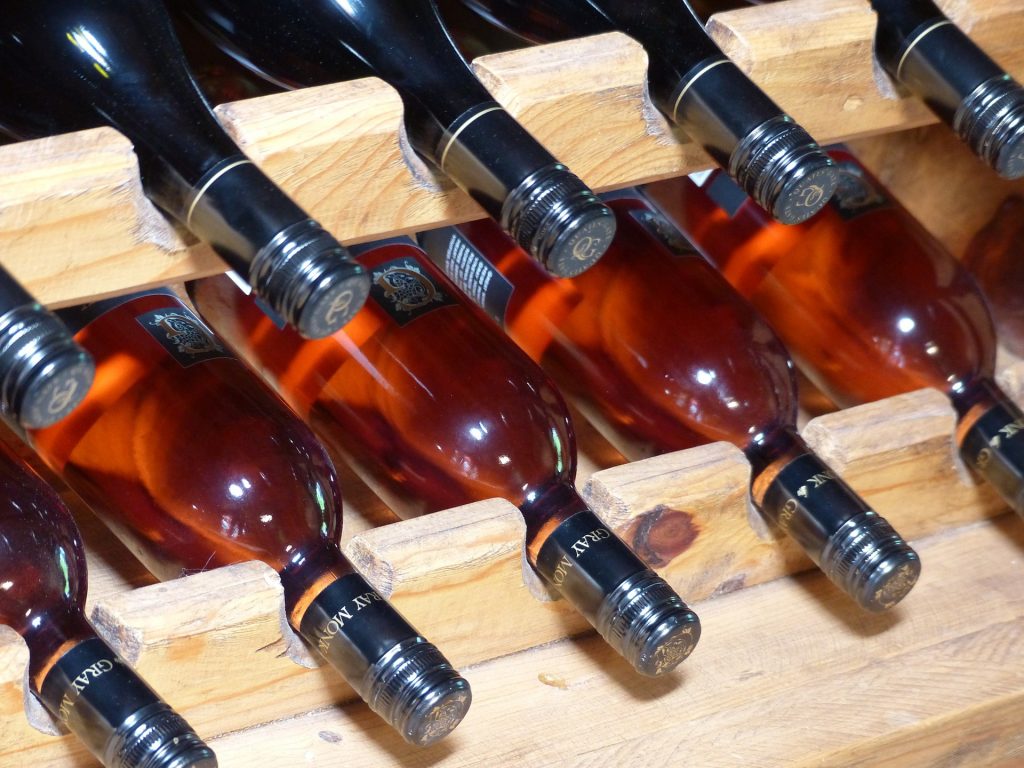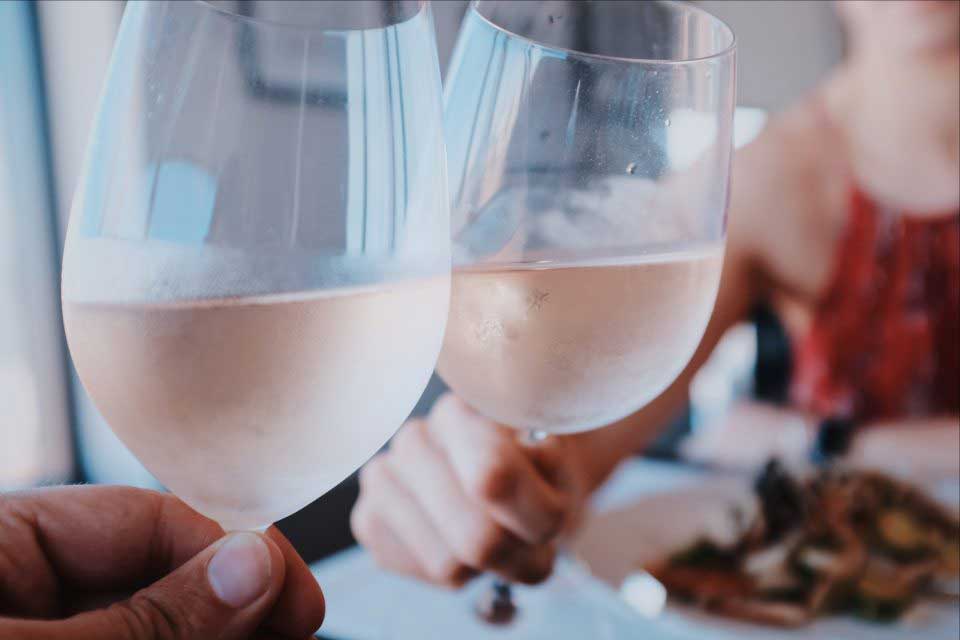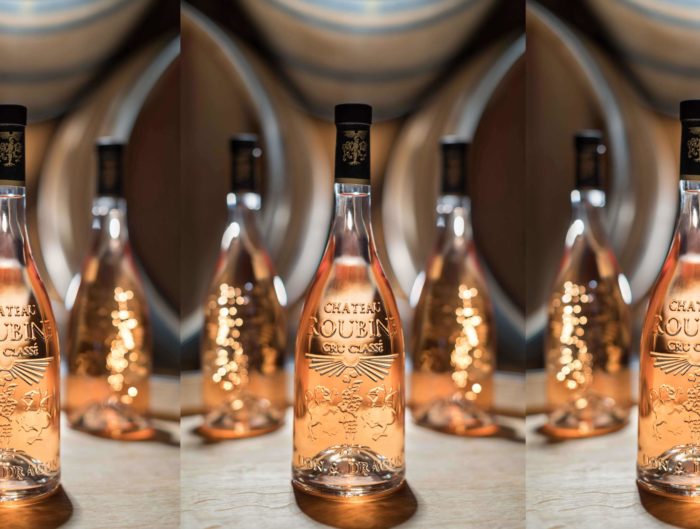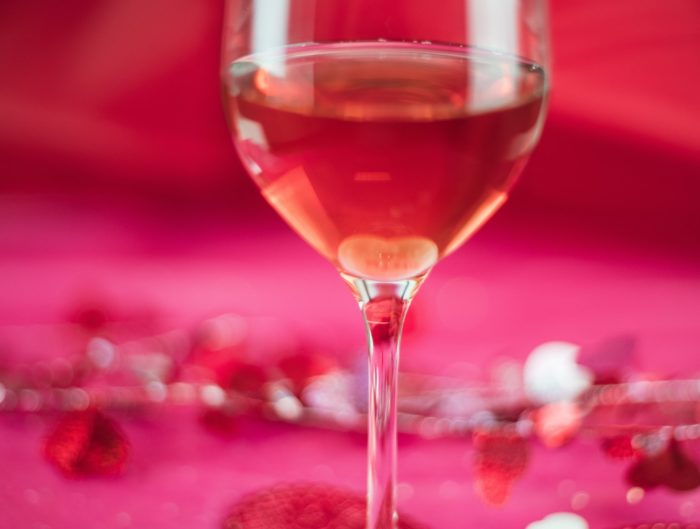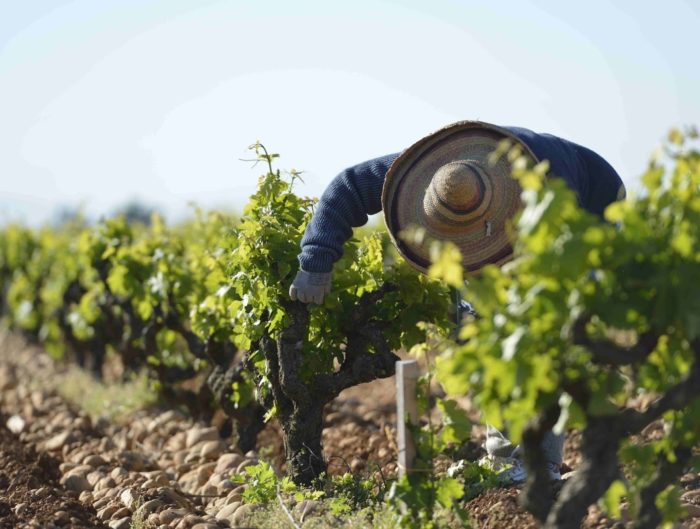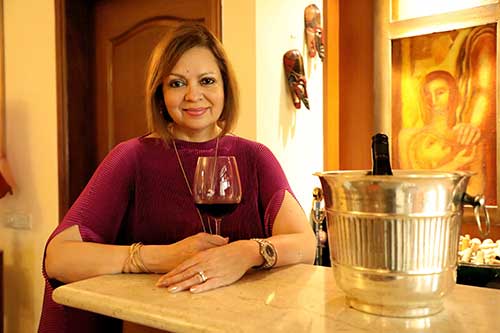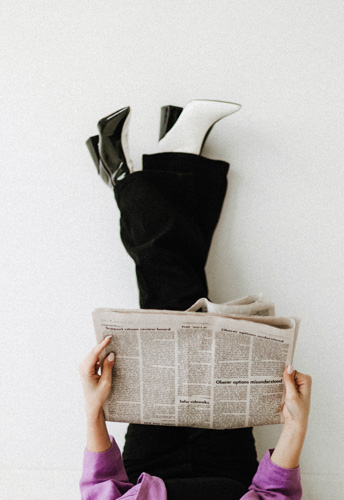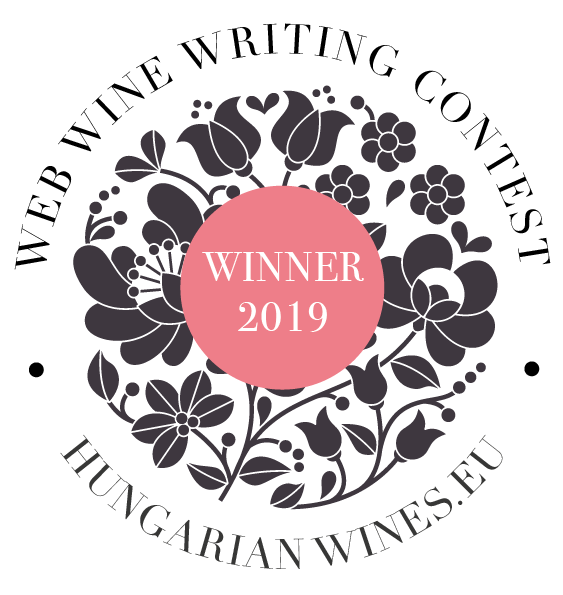Rosé wine lovers celebrate the wine in June every year. But rosé looks like it is here to stay year-round. A quick look into the continuing pale rosé boom
By now most wine lovers would have figured out that the international rosé wine trend is no longer just a trend – associated with warm summer months on the beach or by the barbecue. It is here to stay, and how.
Recent research tells us the rosé is growing at a rapid pace: good news even in the pre-COVID slowdown of wine sales. It has also come a long way. From the medium pink-orange sweetish low alcohol and acidity white Zinfandel beloved of many new wine drinkers to Portugal’s fruity pink slightly frizzante and low alcohol Mateus wines (launched in 1942 and still going strong!) to today’s bone dry, water-pale rosés from Provence, with a whole lot of shades and textures in between. Rosé wine is finally being recognized around the world as more than just a quaffable pink beverage. Almost every winemaking country and region has its version of rosé.
Pretty in Provence
Provence-style rosé is a thing.
Provence, with its Mediterranean vibe and warmer weather is the undisputed world leader of the pale rosé wave. While earlier it was possible to find rosés which were darker pink (what the WSET calls pink-orange), the popular shade of the rosé du jour is now so pale that it is almost white. Rosé accounts for a majority of wine produced in Provence where it is made from one or several Mediterranean red grapes including Cinsault, Carignan, Clairette, Rolle (Vermentino), Cabernet Sauvignon and Syrah – but the most popular grape used in its production is Grenache. As Provence set the ball rolling and eager consumers pivoted towards the paler iteration of rosé, other regions and countries began to follow suit.
Provence has a warm, dry climate, made drier by the powerful Mistral wind that blows, reducing risks of fungal disease in the humid Mediterranean climate. While many of its appellations make some red and white wine, it is the pink that rules, aided by improving vineyard and vinification practices which permit the wine produced to retain its fresh red fruit (strawberry, raspberry) character. Provence continues to lead the world in rosé production (view the eye-catching wall of pink bottles in any European supermarket wine section in summer and you will agree). Let’s crunch some numbers: according to Rosé Wines World Tracking, global consumption of rosé wine has soared in the last seventeen years, growing a whopping 40% between 2002 and 2018 (a peak year). More numbers: 156 million AOC bottles were produced in Provence in 2016, according to vinsdeprovence.com, accounting for 42% of rosé production nationwide and 6% worldwide. It is also the one region that dedicates 90% of their vines to this single style. And the export of Provence wines has grown 500% in the 15 years leading to 2018.

Cheerful, not cheap
Rosé wine is quickly shedding its sweet and cheap image as expensive wines are making their appearance (Chateau d’Esclans’ Garrus tops $100, while in Languedoc, Gerard Bertrand’s Clos du Temple nudges $200), celebrity-driven brands are popping up all over the landscape. In India, there are some excellent dry rosé wines – still and sparkling – being made by top producers Fratelli Vineyards (M/S Rosé), Sula Vineyards (The Source Grenache Rosé), and Grover Zampa Vineyards (Grover Zampa Soiree Brut rosé and Art Collection rosé) among others. But the Indian populace has been somewhat slower to take to rosé than other wine styles, which is somewhat perplexing as rosés, whatever be their style, match well with the myriad flavours of Indian food and suit the Indian proclivity for drinking wine as an aperitif.
A wider appeal
Millennials, who have been confounding marketing mavens with their quicksilver changes of mood when it comes to choosing beverages, seem to have embraced the rosé. Young, fresh hip and casual, rosé does not seem fettered by the black-tie fine dining image that many top wines have. Rosé can be drunk anywhere, from picnics to game nights, quaffed at Sunday brunches and pairs with a variety of cuisines (chicken tikka, anyone?) should gastronomy be your thing. “It can be one of the best partners for a wide range of food,” wrote food and wine expert Fiona Beckett in Decanter.
Why so pale?
Provence may have made pale pink rosé ‘in’ but ever wondered why Provence rosé is so pale?
The answer lies in the grapes it is predominantly made from – Grenache, Cinsault and the local variety Tibouren are all red grapes which produce a pale red colour juice. Add to this the fact that the Provence appellations are permitted to use 20% white grape varieties in the blends, and you have your answer. Finally, the fruit is handled protectively (without oxygen) during winemaking to preserve primary fruit flavours and aromas. Colours may also be made paler by fining, a method to remove colloids which may seem unsightly (though harmless) in the bottle. Though some premium producers (like Chateau d’Esclans are noted for their use of oak to make roses, this is done so that oak flavours do not dominate the primary fruit notes of the wine, leaving it fresh on the palate.
The celebrity connection
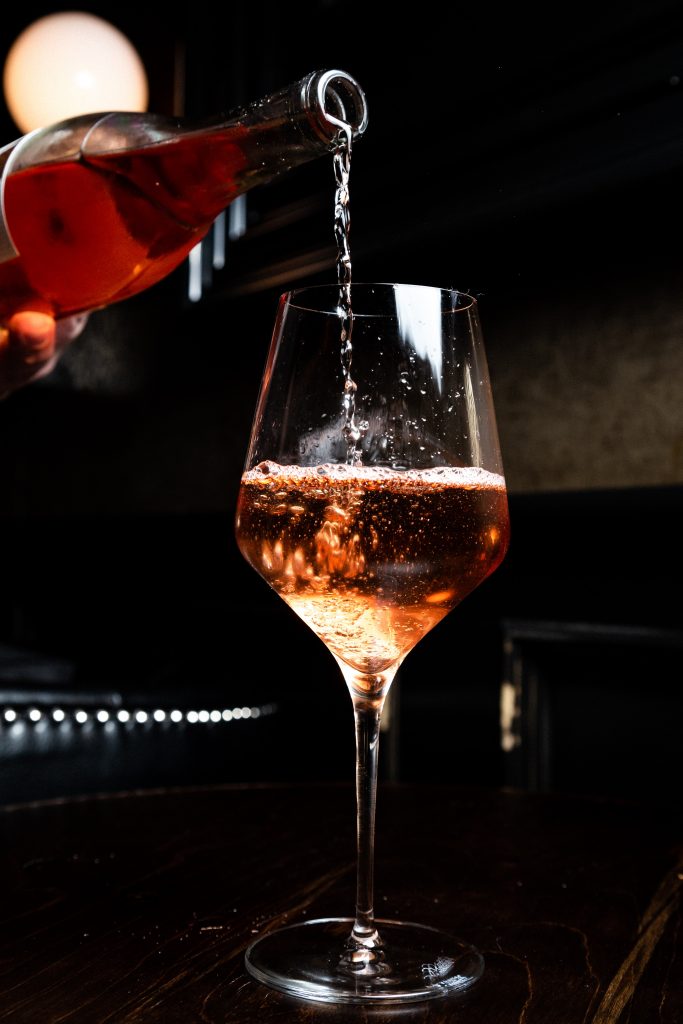
The clearest sign that rosé is here to stay (and can make you big bucks) is when celebrities jump onto the bandwagon. Celebrity rosé came of age with the Brad Pitt Angelina Jolie- Famille Perrin connection which resulted in the award-winning Chateau Miraval (the first-ever rosé to make Wine Spectator’s annual Top 100 Wines list. Last year they launched both Muse by Miraval (in magnum) appropriately at the Cannes Film Festival and Studio. There have been many to follow in their footsteps: John Legend’s LVE (Legend Vineyard Exclusive), Jon Bon Jovi’s Hampton Water, Star Wars producer George Lucas’ Château Margüi, Kylie Minogue’s eponymous label and lately, Cameron Diaz has launched her Aveline, not without some controversy. Latest up, superstar rapper Post Malone has recently launched his own (pale) rosé: Maison No 9 which sold out completely in two very short days. Notice that all of them have unique bottle shapes and eye-catching labels.
Rosé future
The rosé boom is showing no signs of slowing down to date. While 2019 held little cheer for the alcobev industry where categories grew sluggish or slow, rosé continued to grow in double digits – Buoyant growth in the US has helped rosé to increase global sales by 1.9%, and rosé has grown to take up 9% of the world market.
Rosé also holds the allure of an aspirational lifestyle. With its home in the French Riviera, the party station of the rich and the powerful, the pretty pink wine is festive and instantly Instagrammable. On the other hand, the improving quality of rosé winemaking is giving it the cache it needs to be considered a serious wine.
NB: 1st September 2020. Brad Pitt and Angelina Jolie today announced the release of Fleur de Miraval, a rosé champagne made in collaboration with the Peters family in Le Mesnil sur Oger. This is said to be the culmination of a 5 year ‘secret project’ in developing the wine. It has been aged 3 years on lees and is made by the saignée method. The producers announced that this is “not some new celebrity wine but an authentic project.”
Told you. When it is pink, you cannot lose.
